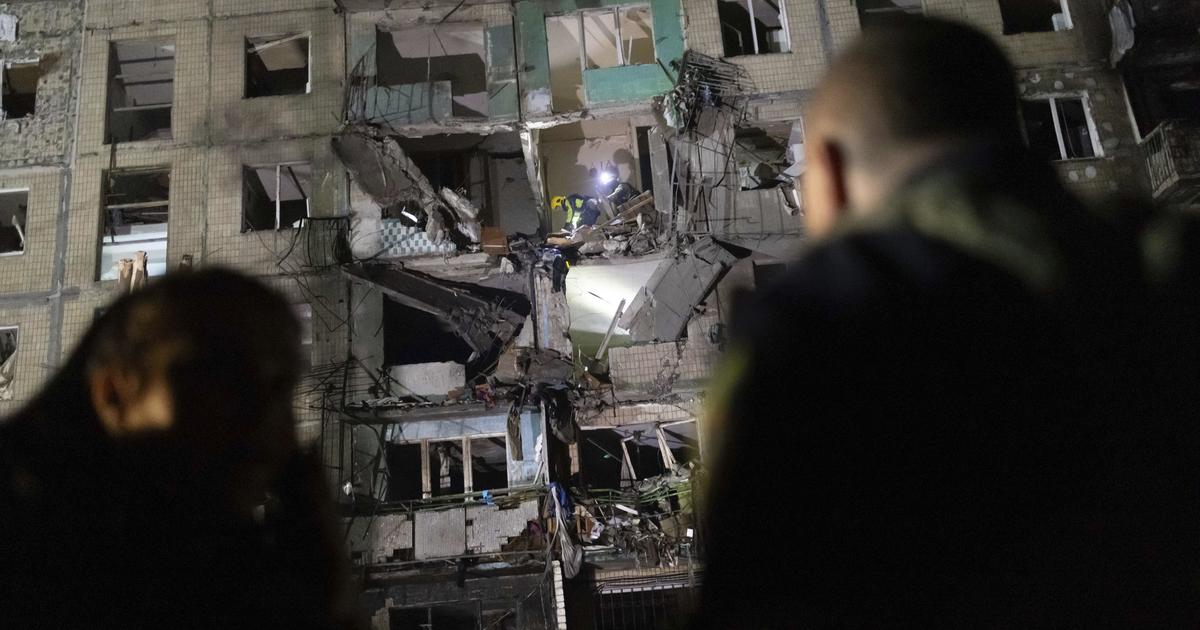The ongoing conflict in Ukraine continues to escalate, with Russia employing increasingly sophisticated tactics and weaponry. A recent glide bomb attack on Kharkiv, injuring several civilians including a young child, highlights the devastating impact of this conflict on Ukrainian citizens. The indiscriminate nature of these attacks underscores the urgent need for international intervention and support for Ukraine’s defense. Furthermore, Russia’s recent gains in key eastern cities, including Avdiivka and Vuhledar, raise serious concerns about the potential for further territorial expansion and the humanitarian crisis that will undoubtedly follow. This necessitates a deeper examination of the evolving battlefield tactics, the crucial role of international aid, and the potential consequences of a prolonged conflict.
Russia’s Shifting Tactics and Weaponry
The Increased Use of Glide Bombs
Russia’s recent reliance on glide bombs marks a significant shift in its military strategy. These weapons, created by retrofitting Soviet-era munitions with wings and satellite guidance systems, are cost-effective and highly destructive. Their ability to strike with precision, while being relatively cheap to produce, makes them a potent threat to Ukrainian forces and civilians alike. The devastating attack on a Kharkiv apartment building serves as a grim example of their lethality. The high explosive yields of these bombs and their increasing deployment signal an intensification of Russian aggression and pose significant threats.
Adapting to Ukrainian Defenses
Russia’s military tactics have grown more sophisticated throughout the conflict, reflecting an adaptation to the Ukrainian defense efforts. This evolution encompasses both offensive and defensive measures, as the Kremlin seeks to optimize military operations for maximum impact. The ability to target specific areas while minimizing the potential for collateral damage demonstrates a progression towards more precise attacks and a sophisticated war strategy. This continuous refinement suggests an intensified commitment to achieving their objectives.
Implications for the Ukrainian Frontline
The enhanced destructive capability of these weapons necessitates intensified defensive measures from Ukraine and presents enormous challenges in civilian safety. Their deployment necessitates improved countermeasures, which may include enhanced early-warning systems and further integration of defense technology. The frontline itself continues to shift, demanding new and innovative strategies.
International Aid and Support for Ukraine
The Crucial Role of Western Weapons
Ukraine’s ability to resist Russian aggression hinges heavily on continued military aid from Western nations. The provision of weapons, equipment and ongoing financial support proves crucial for maintaining defense capability, thereby thwarting further Russian advance. Without this steady support, the balance of power could tilt significantly towards Russia, endangering Ukraine’s future, independence and regional stability.
Zelenskyy’s Plea for Deeper Strikes
President Zelenskyy’s urgent appeal for permission to strike deeper within Russia is a direct response to the evolving threats. He rightly suggests that this capacity is not simply about self-defense, but rather the deterrence against future escalating attacks and secures the defense of Ukraine. Without being capable of targeting weapon storage, production and launch facilities, Ukraine remains on the back foot.
The Unpredictability of US Support
The uncertainty surrounding the extent and continuity of US support under different potential presidential administrations is a looming concern for Ukraine. The divergent views on supporting Ukraine among influential figures like former President Trump introduces a level of uncertainty which makes any long-term military aid planning from western allies unstable. This volatility demands strategic planning that anticipates several geopolitical circumstances, underscoring the complexity and potential for shifts in allied commitment to the ongoing crisis.
The Potential for Escalation and Wider Conflict
The Risk of NATO Involvement
President Zelenskyy’s warnings regarding the potential for the conflict to escalate into a wider war involving NATO remain valid. His past assertions, emphasizing Russia’s capacity to target allies, necessitate ongoing vigilance among global leaders to deter any further provocations. The delicate balance between protecting national sovereignty while maintaining peaceful international relations must always take precedent in foreign policy.
Putin’s Ambitions and Territorial Expansion
President Putin’s evident determination to press ahead with the war, evident in plans for additional troop deployments, showcases an appetite for significant territorial expansion. It would be extremely irresponsible to assume Putin would not try and secure more territories. The substantial resources that are being allocated reflect an aggressive drive toward extending Russian influence across borders and may threaten wider regional stability.
The Human Cost of War
The humanitarian impact of the conflict extends far beyond battlefield casualties. The extensive destruction of civilian infrastructure, combined with the ever-increasing flow of Ukrainian refugees highlights that these are lasting human catastrophes with long-term effects that are yet to be seen. This calls for an international humanitarian relief effort which includes financial, practical, and diplomatic support, emphasizing international cooperation on addressing the humanitarian disaster.
Takeaway Points
- Russia’s use of glide bombs highlights a significant escalation in the conflict, demanding a more robust response from Ukraine and its allies.
- Continued international aid, including weapons and financial support, is crucial for Ukraine’s survival and defense capabilities.
- The potential for the conflict to escalate into a broader war involving NATO underscores the urgency of maintaining diplomatic efforts while actively supporting Ukraine’s needs.
- The immense humanitarian crisis resulting from the war necessitates greater focus and increased resources devoted to humanitarian aid and relief efforts.









